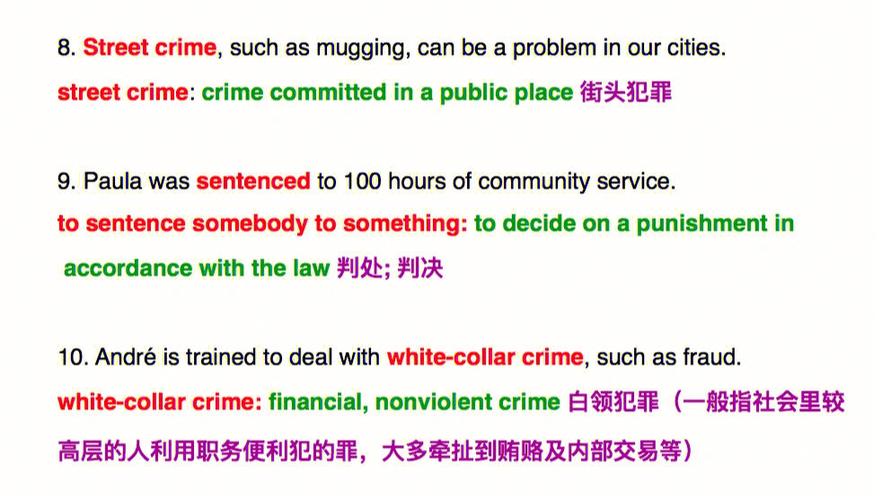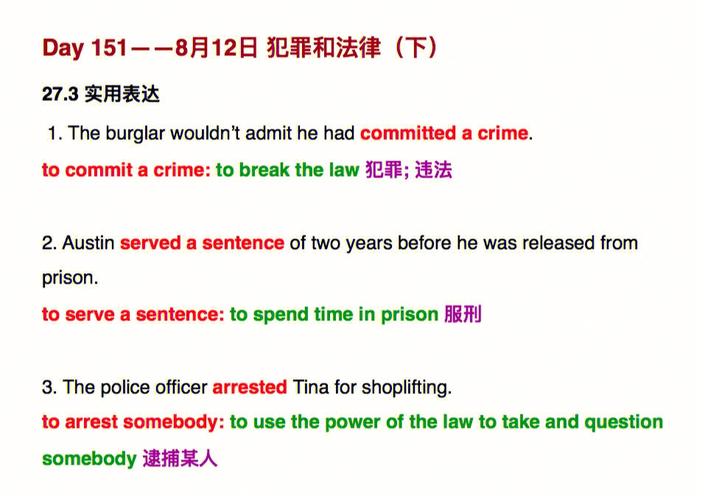Tone in a Sentence: A Comprehensive Guide
Understanding the tone of a sentence is crucial in both written and spoken communication. It can greatly influence how your message is received and interpreted. In this article, we will delve into the various aspects of tone, how to identify it, and its importance in different contexts.
What is Tone?
The tone of a sentence refers to the attitude or emotion conveyed by the writer or speaker. It can range from formal and serious to casual and humorous. The tone is often determined by the choice of words, sentence structure, and punctuation.

Identifying Tone
Identifying the tone of a sentence can be challenging, especially when it comes to written text. However, there are several clues that can help you determine the tone:
-
Word choice: Certain words can convey a specific tone. For example, using words like “amazing” or “incredible” can create a positive tone, while words like “terrible” or “horrible” can create a negative tone.
-
Sentence structure: Longer, more complex sentences can convey a formal tone, while shorter, simpler sentences can convey a casual tone.
-
Punctuation: The use of exclamation points, question marks, or ellipses can indicate a specific tone. For example, an exclamation point can convey excitement or surprise, while a question mark can convey confusion or curiosity.

Types of Tone
There are several types of tone that can be used in a sentence:
-
Formal: A formal tone is used in professional or academic settings. It is characterized by a formal vocabulary, proper grammar, and a structured sentence structure.
-
Casual: A casual tone is used in informal settings, such as among friends or family. It is characterized by a relaxed vocabulary, colloquial expressions, and a more flexible sentence structure.
-
Humorous: A humorous tone is used to create a light-hearted or amusing atmosphere. It often involves puns, sarcasm, or exaggeration.
-
Angry: An angry tone is used to express frustration or irritation. It often involves harsh language, exaggerated expressions, and a forceful sentence structure.
-
Excited: An excited tone is used to convey enthusiasm or excitement. It often involves positive language, exclamation points, and a lively sentence structure.
Importance of Tone
The tone of a sentence plays a significant role in communication. Here are a few reasons why tone is important:
-
Clarity: The tone can help clarify the intended message. For example, if you want to convey a serious tone, using formal language and a structured sentence structure can help ensure that your message is understood as such.
-
Reception: The tone can greatly influence how your message is received. For example, using a humorous tone in a professional setting may come across as inappropriate, while using a formal tone in a casual setting may come across as overly strict.
-
Emotional Connection: The tone can help create an emotional connection with your audience. For example, using a positive tone can make your message more appealing and engaging.
Examples of Tone
Here are a few examples of sentences with different tones:
| Example | Tone |
|---|---|
| “I am thrilled to announce that we have won the contract!” | Excited |
| “I am extremely disappointed with the results of the project.” | Angry |
| “I would like to discuss the changes we need to make.” | Formal |
| “Hey, did you see that movie last night? It was hilarious!” | Humorous |
| “I’m not sure if I understand what you’re trying to say.” | Confused |



